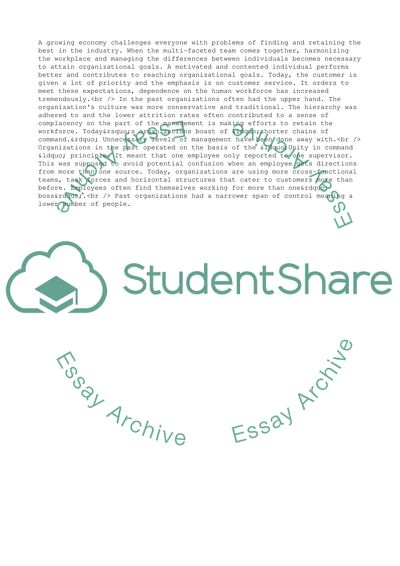Cite this document
(The Difference between Individuals Assignment Example | Topics and Well Written Essays - 2250 words - 1, n.d.)
The Difference between Individuals Assignment Example | Topics and Well Written Essays - 2250 words - 1. https://studentshare.org/management/1702864-managing-the-difference-between-individuals-is-more-relevant-to-todays-organisations-than-ever-before
The Difference between Individuals Assignment Example | Topics and Well Written Essays - 2250 words - 1. https://studentshare.org/management/1702864-managing-the-difference-between-individuals-is-more-relevant-to-todays-organisations-than-ever-before
(The Difference Between Individuals Assignment Example | Topics and Well Written Essays - 2250 Words - 1)
The Difference Between Individuals Assignment Example | Topics and Well Written Essays - 2250 Words - 1. https://studentshare.org/management/1702864-managing-the-difference-between-individuals-is-more-relevant-to-todays-organisations-than-ever-before.
The Difference Between Individuals Assignment Example | Topics and Well Written Essays - 2250 Words - 1. https://studentshare.org/management/1702864-managing-the-difference-between-individuals-is-more-relevant-to-todays-organisations-than-ever-before.
“The Difference Between Individuals Assignment Example | Topics and Well Written Essays - 2250 Words - 1”. https://studentshare.org/management/1702864-managing-the-difference-between-individuals-is-more-relevant-to-todays-organisations-than-ever-before.


